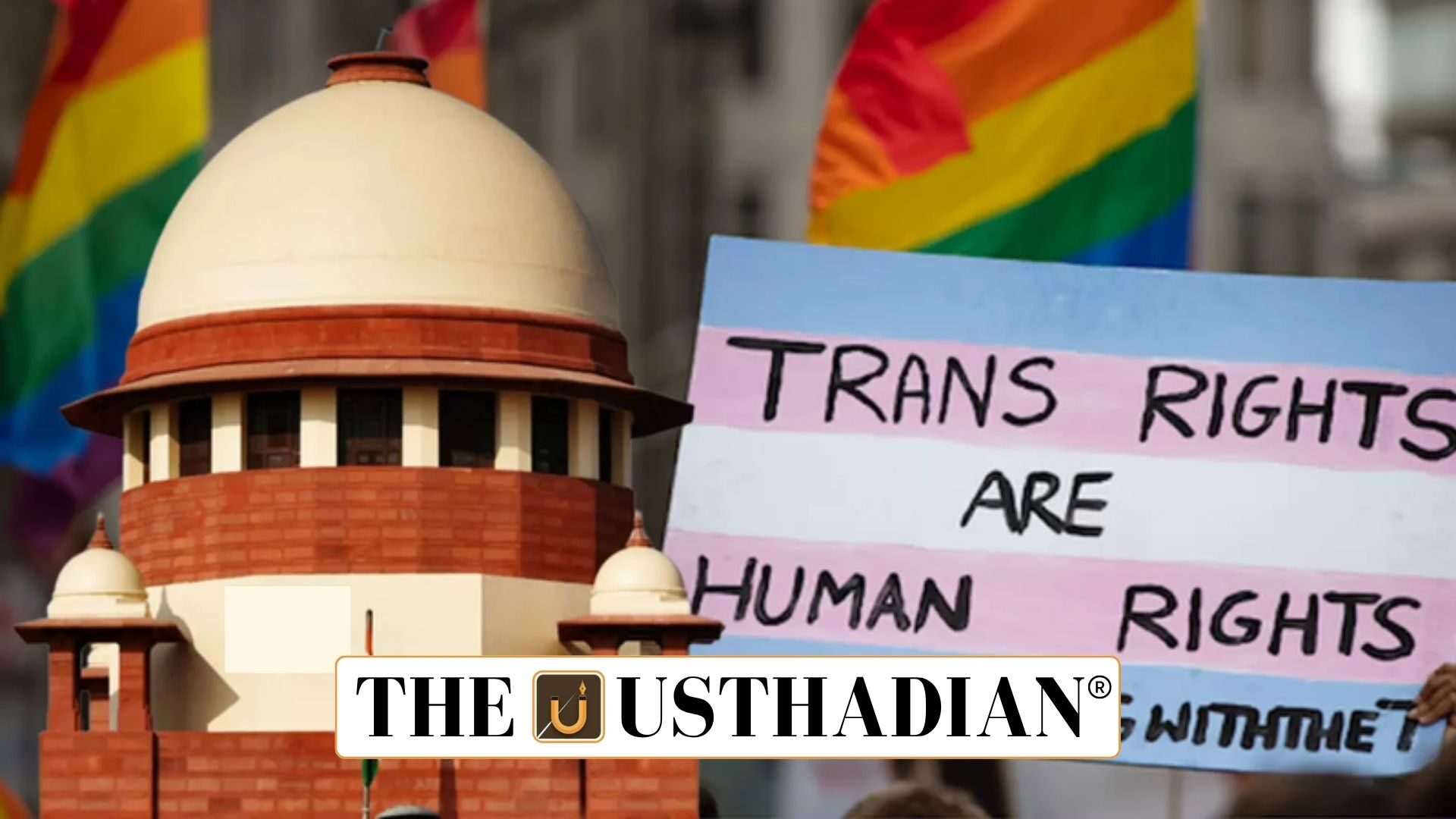Supreme Court’s Recent Intervention
Supreme Court Committee for National Equal Opportunity Policy for Transgender Persons: The Supreme Court of India has set up a Committee to frame a National Equal Opportunity Policy for Transgender Persons. The decision came during the case Jane Kaushik v. Union of India & Ors., highlighting continued discrimination and administrative lapses in implementing the Transgender Persons (Protection of Rights) Act, 2019.
The Court stressed that equality and dignity are constitutional guarantees under Articles 14, 15, and 21, which must extend fully to the transgender community.
Issues Faced by Transgender Persons
The Court outlined several persistent challenges.
- Accessibility of benefits: Linking welfare schemes to identity cards under the 2019 Act has made availing benefits complex, excluding many beneficiaries.
- Lack of reasonable accommodation: Transgender individuals face barriers in education, shelter homes like Garima Greh, and public institutions.
- Administrative inefficiency: Several states have failed to establish Transgender Protection Cells as mandated.
- Societal stigma: Deep-rooted prejudice and lack of awareness continue to marginalize the community.
- Legal identity issues: The Act requires certification of gender identity by a District Magistrate, conflicting with the right to self-identify.
Static GK fact: Article 15 of the Constitution prohibits discrimination based on sex, which includes gender identity as interpreted by the Supreme Court in the NALSA Judgment (2014).
Key Provisions of Transgender Persons (Protection of Rights) Act 2019
The 2019 Act defines a transgender person as someone whose gender identity does not align with the gender assigned at birth. It guarantees the right to self-perceived gender identity, with a Certificate of Identity issued by the District Magistrate.
The Act prohibits discrimination in education, employment, healthcare, and residence. It also mandates the Central and State Governments to frame welfare schemes ensuring participation and inclusion in society.
Static GK Tip: The National Council for Transgender Persons was constituted in 2020 to advise and monitor policies and grievance redressal for transgender welfare.
Government Initiatives for Transgender Welfare
Multiple initiatives complement the legal framework.
- NALSA Judgment (2014): Recognized transgender persons as the third gender and affirmed their fundamental rights.
- National Portal for Transgender Persons: Enables online applications for identity certificates, ensuring transparency and accessibility.
- SMILE Scheme: Launched by the Ministry of Social Justice and Empowerment, it provides livelihood and rehabilitation support to marginalized transgender individuals.
These measures mark progress, but gaps in awareness, inclusion, and enforcement still persist.
Way Forward
The Supreme Court’s Committee aims to prepare a National Equal Opportunity Policy ensuring equality in education, employment, and access to public services. It is expected to set guidelines for affirmative action, inclusive workplaces, and grievance redressal systems to secure genuine empowerment.
Static GK fact: India was among the first South Asian countries to legally recognize a third gender, following the 2014 NALSA verdict.
Static Usthadian Current Affairs Table
Supreme Court Committee for National Equal Opportunity Policy for Transgender Persons:
| Topic | Detail |
| Case | Jane Kaushik v. Union of India & Ors. |
| Year of NALSA Judgment | 2014 |
| Key Legislation | Transgender Persons (Protection of Rights) Act, 2019 |
| Constitutional Articles | Articles 14, 15, and 21 |
| National Portal Launched by | Ministry of Social Justice and Empowerment |
| Committee Formed By | Supreme Court of India |
| Major Scheme | SMILE Scheme |
| National Council for Transgender Persons Established | 2020 |
| Purpose of Committee | Drafting National Equal Opportunity Policy |
| Shelter Home Scheme | Garima Greh |








